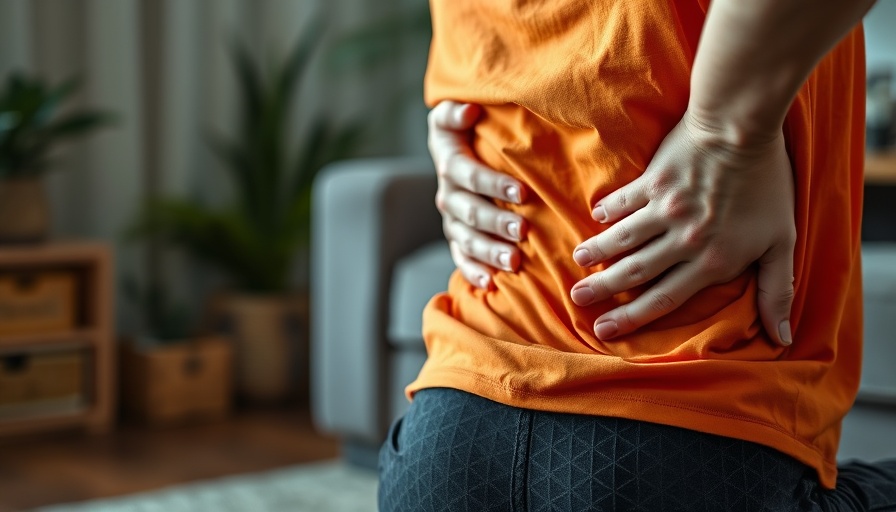
Understanding Sciatica: Why Women Are Affected Differently
Sciatica, characterized by pain that radiates along the sciatic nerve, often affects women distinctly compared to men. This can be primarily attributed to various physiological and lifestyle factors. Women, particularly those aged 35 to 55, experience heightened risks due to hormonal changes associated with menopause, differences in pelvic structure, and common lifestyle habits such as prolonged sitting and caregiving duties. These combined factors often result in a persistent discomfort that can disrupt productivity, sleep, and overall well-being.
Recognizing the Symptoms of Sciatica
Understanding the symptoms is crucial for early intervention. Women suffering from sciatica often report:
- Lower back pain that intensifies with prolonged sitting
- Pain radiating down the legs or buttocks
- Tingling sensations or numbness in the lower extremities
- Weakness in muscles within the hips or legs
- Increased pain when transitioning from seated to standing positions
If these symptoms resonate, it's essential to recognize that you're not alone and there's help available.
Key Causes of Sciatica in Women
Several factors contribute to the onset of sciatica among women. Here are the most prominent:
- Poor Posture: Sitting habits like slouching or crossing legs can compress the sciatic nerve.
- Unsupported Seating: Office chairs lacking lumbar support aggravate lower back issues.
- Inactivity: Prolonged sitting leads to reduced circulation and increased pressure on the sciatic nerve.
- Pelvic Structure: Women's anatomical differences can affect spine alignment and nerve pathways.
- Hormonal Changes: Estrogen fluctuations during menopause can impact overall joint and nerve health.
Solutions Tailored for Women’s Comfort
Finding relief often starts with your seating arrangements, emphasizing the need for supportive furniture. At BOD Support, the solutions are designed to cater specifically to women’s needs:
- Memory Foam Seat Cushions: Ergonomically designed to contour to your natural curves, these cushions distribute pressure evenly, minimizing strain.
- Orthopedic Back Supports: Instruments that maintain the natural curve of the spine, encouraging better posture during any sitting activity, whether at work or traveling.
- Portable Comfort: Lightweight, breathable designs that adapt to various lifestyles.
Practical Tips for Everyday Sciatica Relief
In addition to supportive products, implementing daily habits can significantly relieve sciatica discomfort. Here are some tips to consider:
- Stretch Regularly: Incorporate simple stretches or desk yoga into your routine to alleviate tension.
- Use Lumbar Support: Adding cushions while sitting can provide the extra support your back needs.
- Encourage Movement: Alternate between sitting and standing to promote blood flow and reduce nerve pressure.
- Prioritize Hydration: Drinking enough water aids lubricating joints and reducing inflammation.
- Mind Your Sleep Position: Consider placing a pillow under your knees to promote spinal alignment while sleeping.
The Path to a Pain-Free Life: Final Thoughts
Sciatica doesn’t have to overshadow your daily activities. With a few thoughtful changes to your seating arrangements and lifestyle habits, you can reclaim your comfort. Prioritizing your back health and embracing small yet impactful adjustments can lead to long-lasting relief from sciatica symptoms. Remember, you deserve a pain-free sitting experience!
Take Action: Invest in Your Comfort
Now that you are informed about how sciatica affects women differently, consider taking proactive steps towards improving your comfort. With products tailored for women's unique needs and easy-to-follow tips, you can start experiencing relief today.
 Add Row
Add Row  Add
Add 




Write A Comment